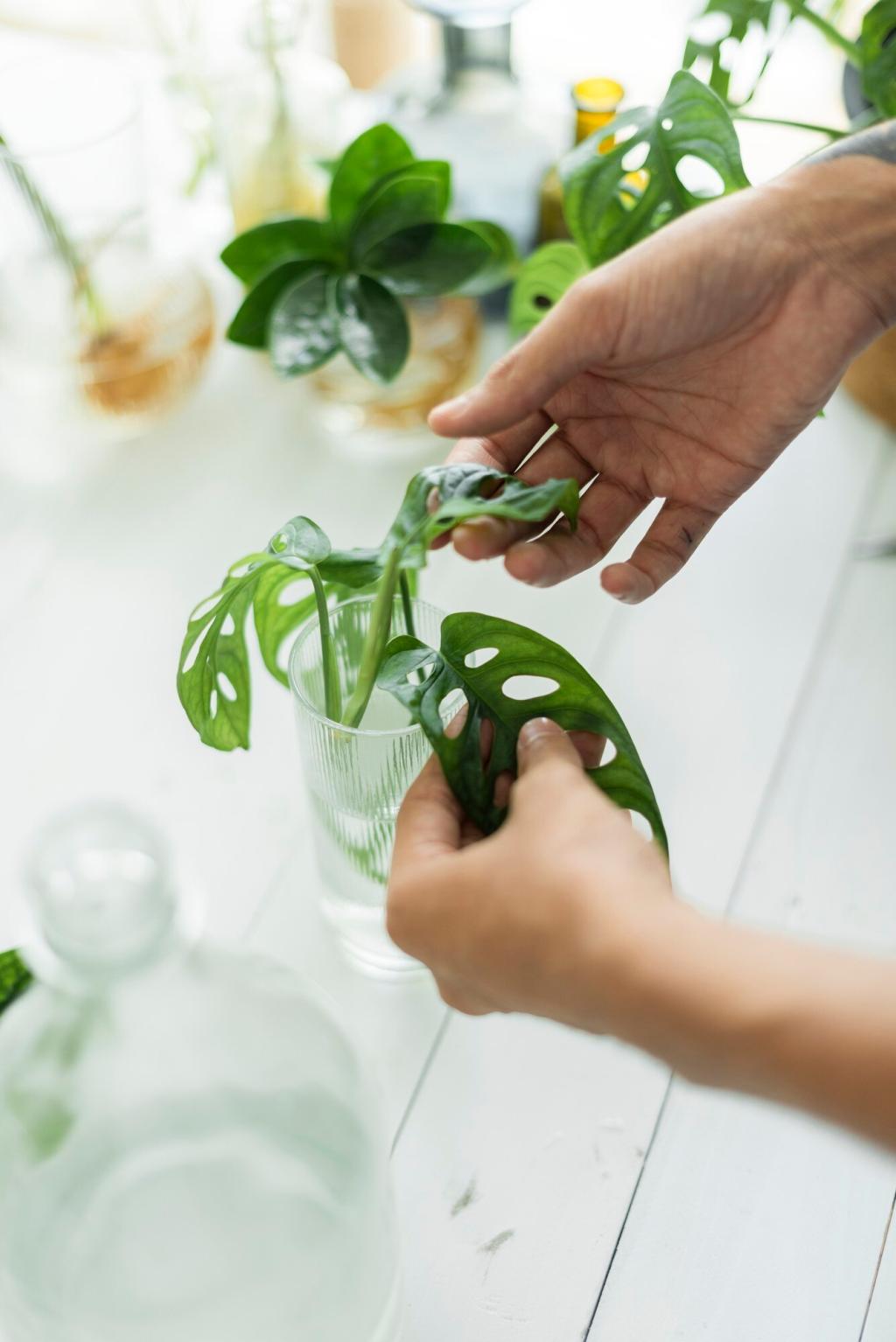Organic Gardening Techniques for Beginners
Organic gardening is an enjoyable, fulfilling way to grow healthy produce while nurturing the environment. This guide introduces essential techniques tailored for beginners who want to start their own garden naturally, without relying on synthetic chemicals or fertilizers. You’ll learn core principles, soil care, natural pest management, and planting strategies that help foster a thriving and eco-friendly garden from the ground up. Whether you have a small backyard plot or a few containers, these techniques will help cultivate robust plants and a richer biodiversity in your growing space.

Understanding Organic Gardening Principles
At the heart of every successful organic garden is healthy, living soil. Unlike conventional gardening, which often relies on artificial fertilizers, organic gardening nurtures soil through composting, mulching, and the integration of organic matter. Healthy soil supports beneficial microbes and earthworms, supplying plants with essential nutrients and improving moisture retention. As a beginner, learning to feed and protect your soil is the easiest way to ensure resilient, productive plants throughout the growing season. Building rich, organic soil sets the foundation for healthy crops, fewer pests, and minimal disease.
Organic gardening avoids chemical fertilizers, instead favoring natural amendments that return nutrients to the soil and boost fertility over time. Beginners can start by incorporating kitchen compost, aged manure, and plant-based mulches into their beds. These inputs not only nourish plants but also promote beneficial bacteria and fungi essential for plant health. Choosing the right amendment depends on your soil’s needs, so learning how to assess your garden beds and match amendments accordingly is a valuable skill that supports consistent, bountiful growth for seasons to come.
Diversity is a cornerstone of organic gardening, mimicking natural ecosystems to foster resilience against pests and diseases. By growing a mix of plant species, attracting pollinators, and welcoming predatory insects, gardeners create a self-regulating environment that thrives without chemical intervention. Encouraging biodiversity can be as simple as planting flowers alongside vegetables, integrating herbs around beds, or leaving small wild areas for native insects. This approach not only supports healthy crops but also contributes to a balanced, vibrant garden ecosystem.

Composting for Nutrient Recycling
Composting transforms kitchen scraps, garden waste, and organic matter into a powerful soil amendment teeming with life. Beginners start by collecting fruit and vegetable waste, coffee grounds, eggshells, and yard trimmings in a heap or bin. Over time, microbes and earthworms break down the material into rich, dark compost that can be mixed into garden soil to boost fertility and structure. Compost not only reduces landfill waste but also provides plants with an array of slow-release nutrients. Understanding the balance of green and brown materials, as well as regular turning, ensures a healthy compost process and a thread of sustainability running through your garden.
Crop Rotation Techniques
Rotating crops each season is a traditional method in organic gardening that prevents the buildup of pests and diseases associated with planting the same crop in the same spot year after year. Beginners can practice crop rotation by grouping vegetables into families—such as leafy greens, root vegetables, fruits, and legumes—and organizing their planting schedule so that each group moves to a different section annually. This naturally disrupts pest life cycles and maintains soil fertility, as different plants draw on and replenish varying nutrients. Crop rotation is simple to implement, even in small gardens, and is key to keeping your organic beds productive and resilient.
Mulching for Moisture and Weed Control
Mulching is an easy, beginner-friendly technique that involves layering organic materials like straw, leaves, or wood chips around your plants. This not only helps retain soil moisture and suppresses weeds but also gradually breaks down to feed your soil. A thick layer of mulch keeps plant roots cool in summer, protects them from frost in winter, and encourages beneficial soil organisms to thrive. As it decomposes, mulch releases nutrients slowly, cutting down on the need for supplemental fertilizers. For organic gardeners, consistent mulching is both a time-saving and soil-building practice.
Previous slide
Next slide


Attracting Beneficial Insects
Many insects, such as ladybugs, lacewings, and hoverflies, act as natural predators for common garden pests. By planting a variety of flowering herbs like dill, yarrow, and fennel, gardeners can create habitats that invite these valuable allies. Beneficial insects help control populations of aphids, caterpillars, and mites while minimizing the need for pesticides. Providing water sources, leaving some wild areas, and avoiding broad-spectrum insecticides further support their presence. Understanding which insects are friends and how to keep them in the garden is crucial for beginners aiming for a balanced, productive plot.

Organic Pest Control Methods
When pest populations get out of control, organic gardeners turn to non-toxic solutions to restore order. Physical barriers such as row covers and hand-picking are often the first line of defense. Homemade sprays made from soap or neem oil can be applied sparingly to treat outbreaks without harming the environment or beneficial insects. It’s essential to closely observe your plants, acting swiftly at the first sight of trouble. With practice, beginners learn to tailor their interventions to specific pests and maintain garden health naturally—building skills that will benefit them for years.
